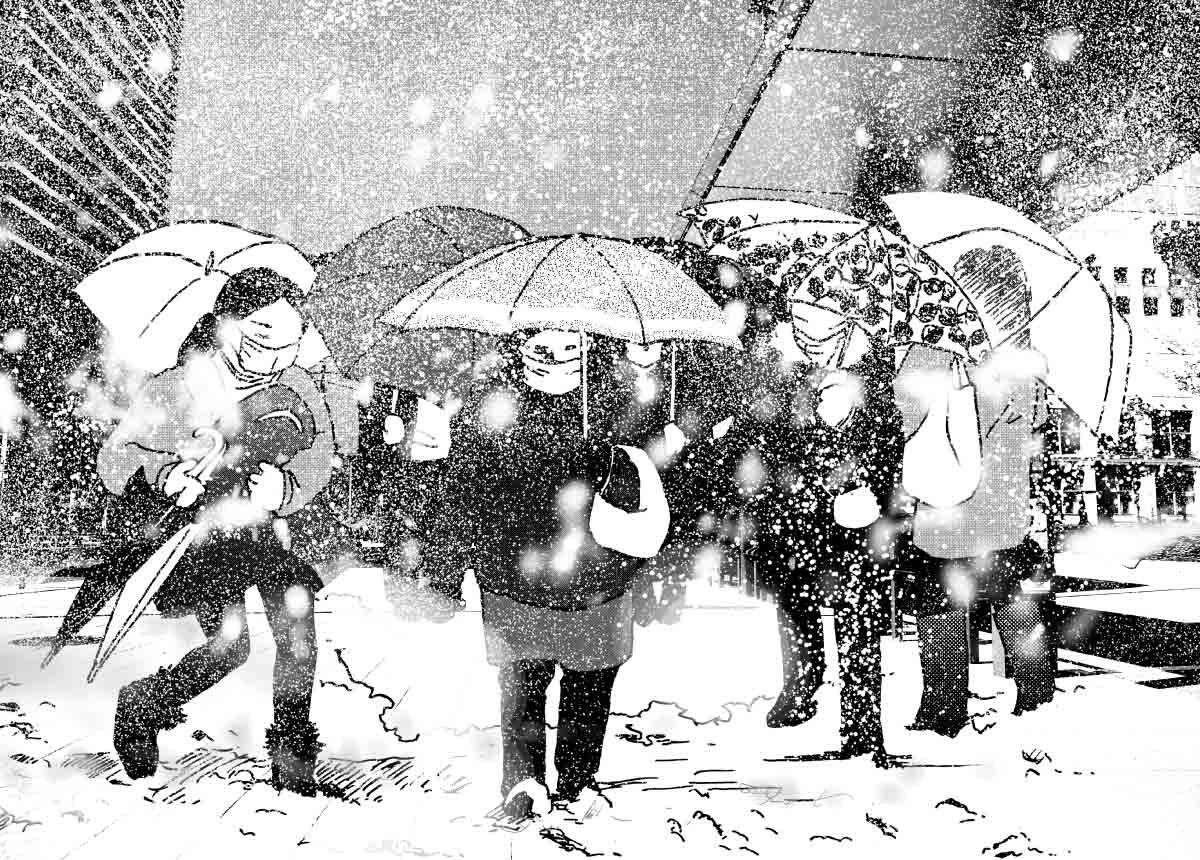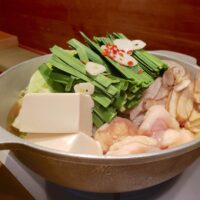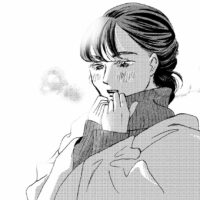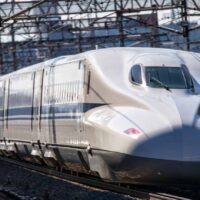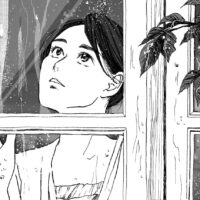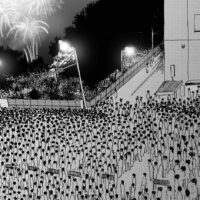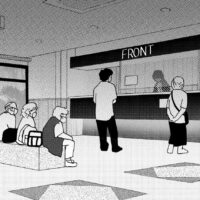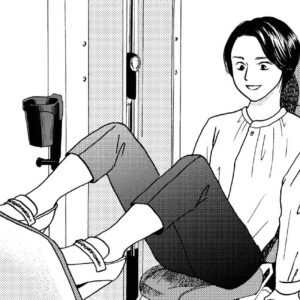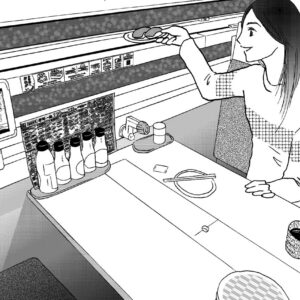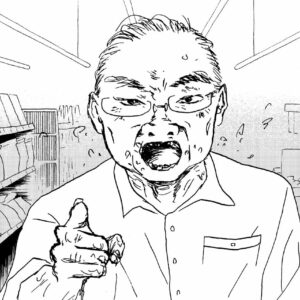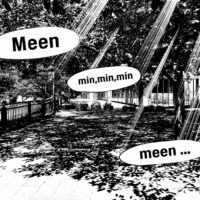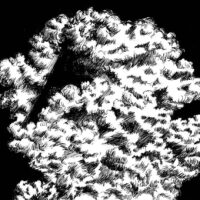From 1/20 to 2/3, Japan is at its coldest time of the year. This period is the last of the 24 solar terms called “Daikan.” The Japan Meteorological Agency forecasted for heavy snowfall over the weekend as cold air moves into the archipelago. Japan’s coldest prefecture, Hokkaido, will be -16 °C, and the capital Tokyo will be -2 °C.
The Japanese archipelago is long from north to south. A long chain of central mountains divides it into halves, the Sea of Japan side and the Pacific Ocean side. This topography makes the winter climate in both completely different. In areas on the Sea of Japan side, winds blowing from the direction of Russia contain moisture and cause large amounts of snowfall. By the time the air that has exhaled moisture as snow crosses the mountains and reaches the Pacific side, it has become dry wind. Then, on the Pacific side, areas such as Tokyo and Osaka are frequently sunny and dry in winter.
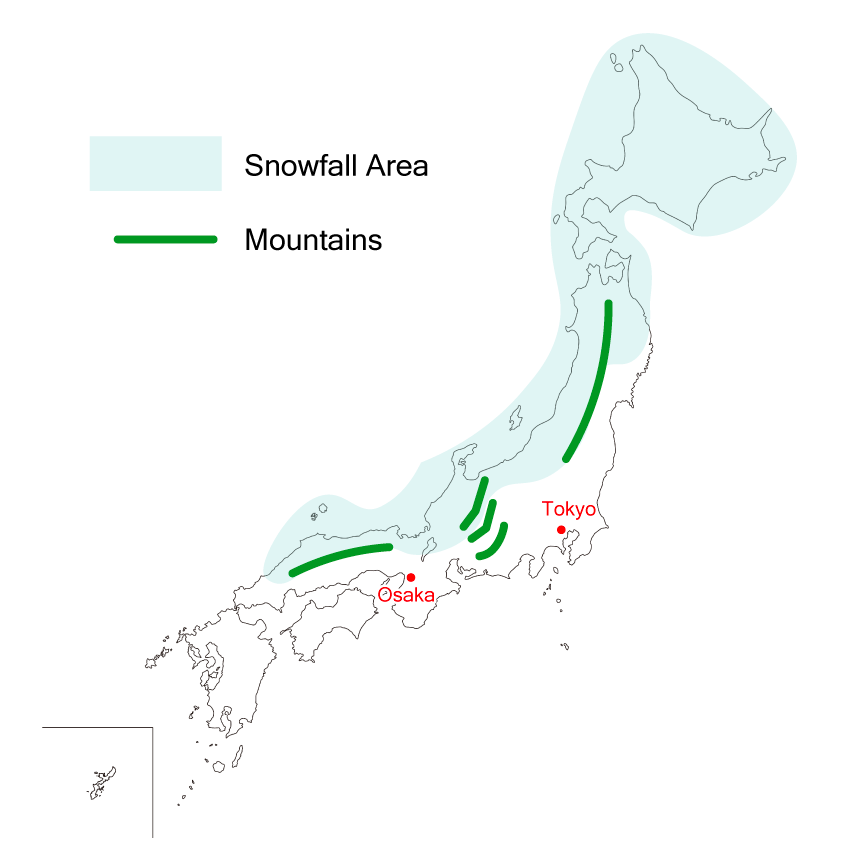
Buildings and roads in areas where snow accumulates every winter are built differently from those in areas where snow rarely falls. Roofs can be steeply pitched to make it easier for snow to fall on the roof. Alternatively, a windbreak room in front of the entrance prevents snow accumulation. Electric heating wires are run through the sidewalks to ensure that snowfall melts quickly.
On rare occasions, snow clouds may reach the Pacific side. In snowfall areas, 50 cm of snow is normal, but in large cities such as Tokyo and Osaka, a few cm of covered snow can wreak havoc. These cities are not designed for snowfall. So when it snows, the road surfaces tend to freeze, and train service becomes unstable. Residents of snowfall laugh as they see residents on the Pacific side slip and fall in the snow. And they say that you are not good at walking on snowy surfaces.



